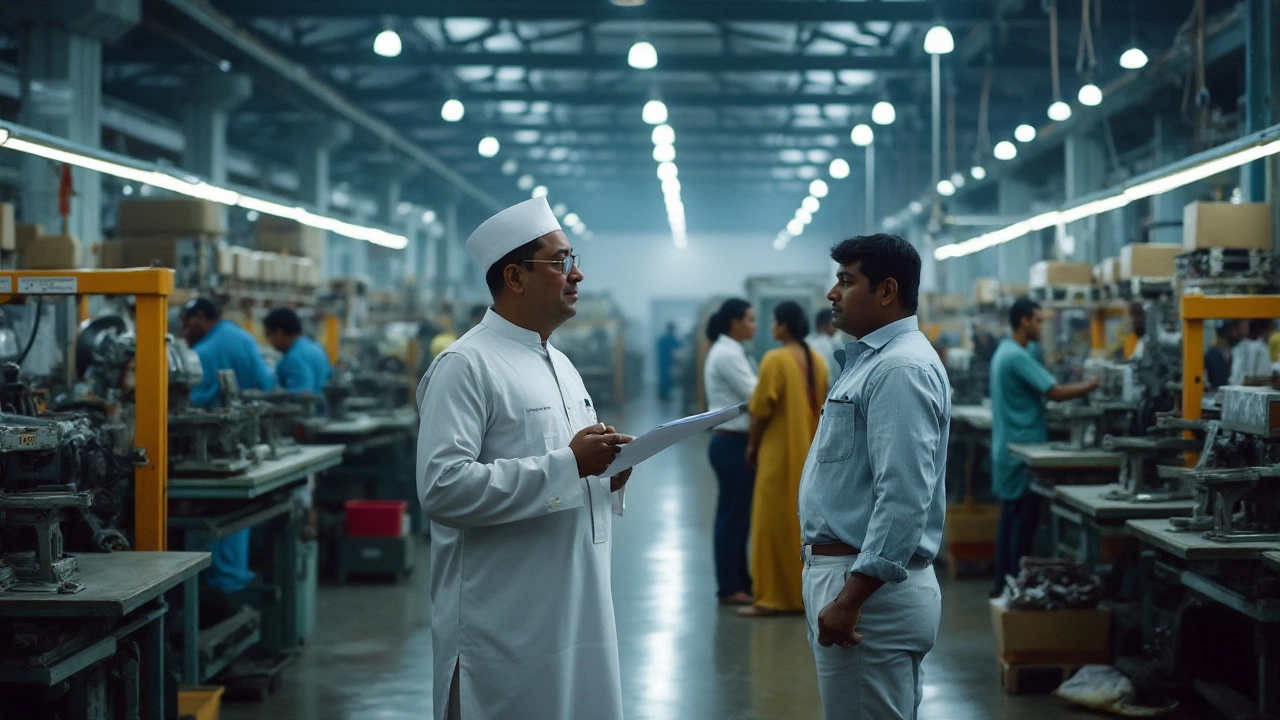Industrial Challenges Every Manufacturer Should Know
Running a factory isn’t just about machines and raw material. You deal with tight budgets, unpredictable supply chains, waste that eats profit, and rules that keep changing. Ignoring any of these hurts output, raises costs, and can stall growth. Below are the biggest hurdles and how to face them head‑on.
Common Pain Points for Manufacturers
First, cost pressure. Materials, energy, and labor keep climbing, while customers demand lower prices. Second, supply‑chain risk. A single delay in a component can halt an entire line, and global disruptions make it harder to keep stock steady. Third, waste – the classic seven wastes of lean: overproduction, waiting, transport, extra processing, inventory, motion, and defects. Each waste adds time and money without adding value. Finally, regulatory hurdles. New emissions standards, safety audits, and certification requirements consume time and resources, especially for small and mid‑size plants.
Practical Steps to Overcome Challenges
Start with a cost‑audit. List every expense, then ask if each adds real value. Negotiate bulk rates for high‑volume items and look for alternative suppliers that offer similar quality at lower cost. For supply‑chain resilience, build a buffer stock of critical parts and diversify sources across regions. A simple spreadsheet can track lead times and highlight risky vendors.
Lean waste reduction works best when the whole crew is involved. Walk the floor, spot bottlenecks, and ask front‑line workers how they would improve the flow. Implement 5‑S (Sort, Set in order, Shine, Standardize, Sustain) to keep the workplace organized and reduce motion waste. Use visual controls – like colored bins or boards – to flag defects early.
Regulatory compliance becomes easier when you treat it as a continuous process, not a once‑a‑year checklist. Assign a compliance officer, keep a digital log of all inspections, and schedule quarterly mock audits. This reduces surprise findings and spreads the workload throughout the year.
Technology can also lift many burdens. Simple IoT sensors monitor machine health, sending alerts before a breakdown occurs. Cloud‑based ERP systems give real‑time visibility into inventory levels, helping you avoid over‑stocking or stock‑outs. Even a basic data dashboard can reveal patterns you’d otherwise miss.
People matter just as much as machines. Invest in training that ties skill upgrades to real production goals. Cross‑train employees so they can fill in during absenteeism, which reduces downtime. Recognize and reward teams that meet waste‑reduction targets – motivation drives lasting change.
Finally, measure progress. Track key performance indicators such as cost per unit, on‑time delivery rate, waste percentage, and compliance score. Review these metrics monthly, adjust actions, and repeat. Consistent monitoring turns short‑term fixes into long‑term improvements.
Industrial challenges are tough, but they’re not unbeatable. By slicing costs, safeguarding the supply chain, cutting waste, staying ahead of regulations, and leveraging simple technology, you can boost efficiency and keep your business competitive. Start small, stay focused, and watch the results add up.

Understanding Complex Manufacturing Processes for Government-Supported Industries
Manufacturing is the backbone of the industrial world, yet not all processes are created equal. Some manufacturing methods are incredibly complex, influenced by multiple variables that make them particularly challenging. Government schemes often aim to support industries facing these difficulties, providing guidance and funding to navigate the elaborate nature of these processes. Exploring these challenges helps us appreciate the ingenuity and skill involved while recognizing government efforts to bolster industrial growth.
